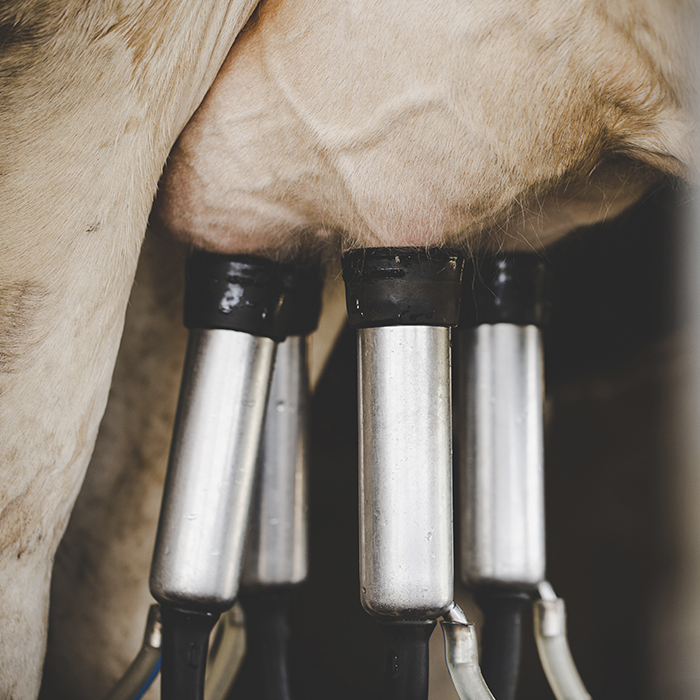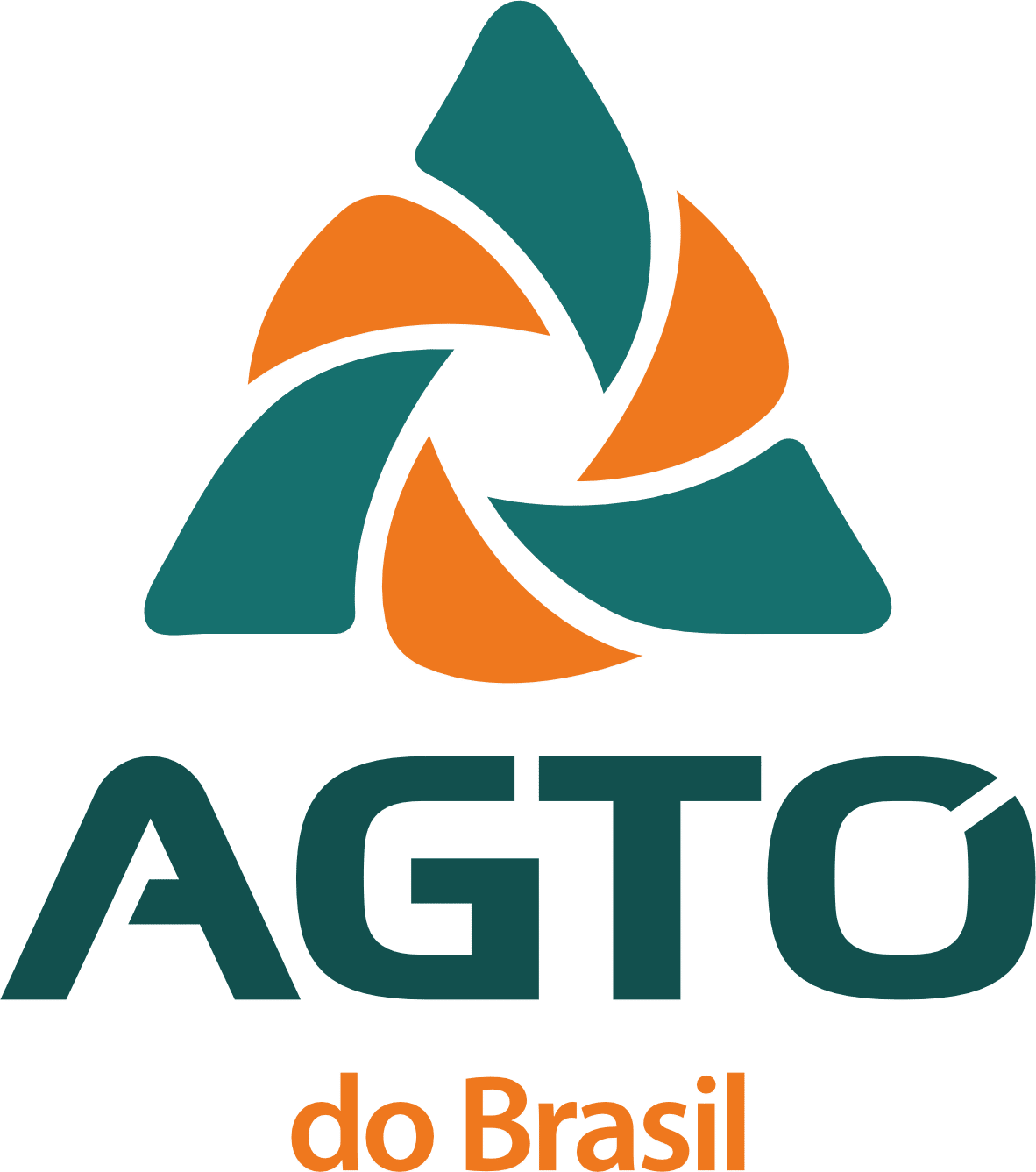Calf is like a child.
Have you ever tried visiting a daycare? There are always children with a runny nose, fever, coughing, illness… On average, for 155 days a year, a child presents some of these symptoms. It's impressive how joint creation is responsible for the transmission of diseases.
Imagine what happens when calves are raised in humid environments, with excess ammonia and lack of hygiene? Many calves do not become the cows they should be, often due to inadequate management.
It was demonstrated, in an experiment in the USA, that the supply of 8 liters of colostrum compared to just 4 liters after birth, is enough to influence the entire productive life of the animal.
Furthermore, inadequate facilities are responsible for high mortality rates. Lack of hygiene, excess humidity and ammonia can lead to respiratory problems, poor weight growth, problems with uprightness and the growth of milk-secreting tissue.
So, we have to choose the appropriate place to raise our future cows, preferably dry, airy, quiet environments where the animals can have free reign. access to water and food Of Quality. Some people recommend individualized creation, as the animals' immune system is fragile, especially in the first 60 days.
Depending on the region or the particularities of each property, in general, there are three installation options for the calves:
The) Pasture farming: the animals are raised in individual paddocks separated by a country fence (or several strands of wire). To do this, a larger area is needed and the chance of contamination between animals is high. However, it is the way that best suits the animal welfare. For pasture, stoloniferous growth forage (tifton, grass, etc.) would be more interesting.
B) little house: the animals are raised in individual houses. It is most recommended for environments with lots of ventilation or low temperatures. One of the advantages is the possibility of changing the location to break the cycle of some parasites and if there is moisture accumulation. The disadvantage is that it requires more labor to clean. The recommendation is that water and food stay outside the house.
w) Tropical or Argentine calf: It is composed of an artificially shaded region (shade screen or tile). The calf's success lies in its orientation, so that the sun passes through the entire installation throughout the day, being the main disinfection agent. The animals are attached to a collar, which allows them to roam a defined area.
Proper housing for calves helps a lot with healthy growth. However, many other measures must be taken to produce super matrices.
Source: https://www.milkpoint.com.br/artigos/producao/a-bezerra-de-hoje-ea-vaca-de-amanha-218814/



